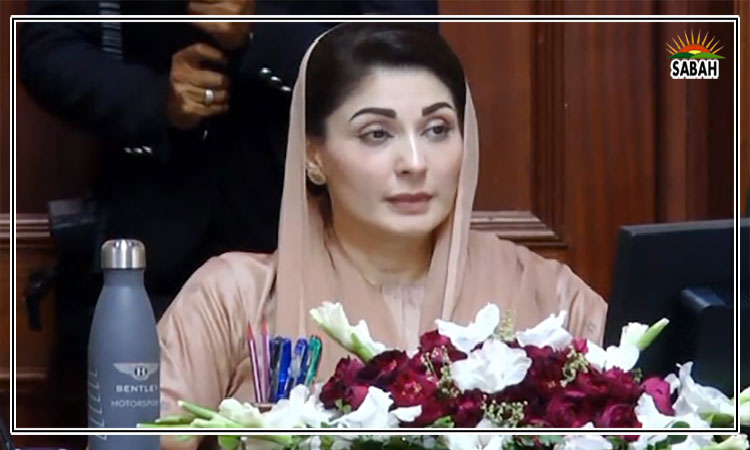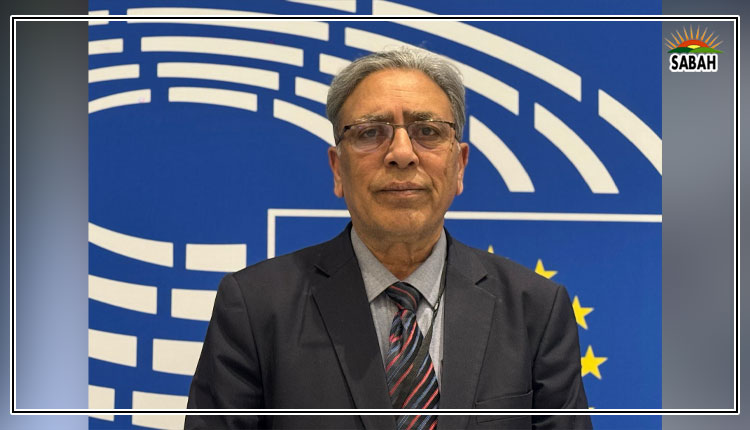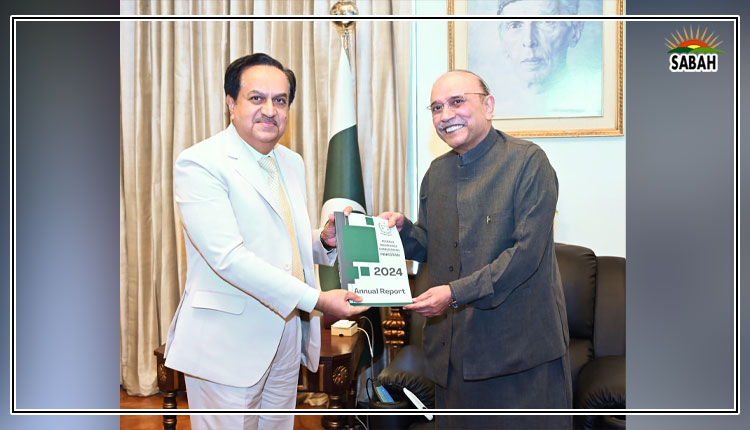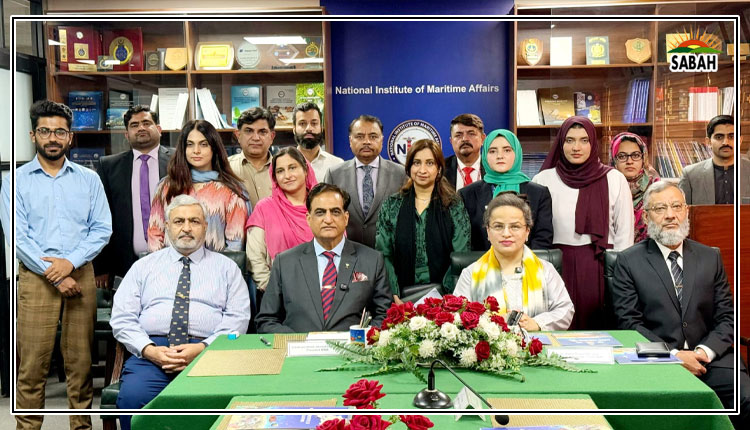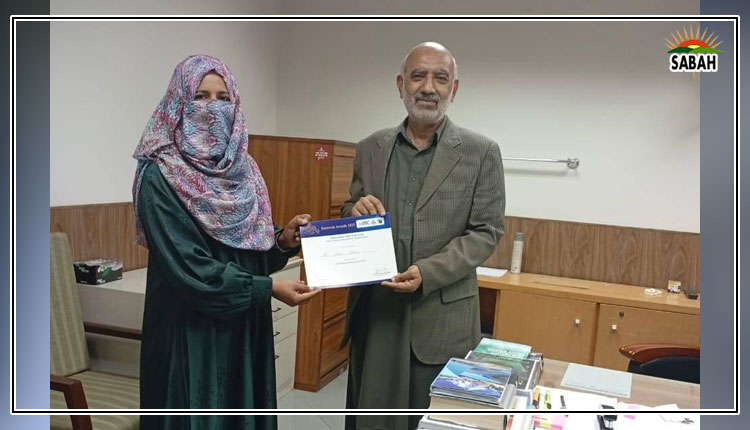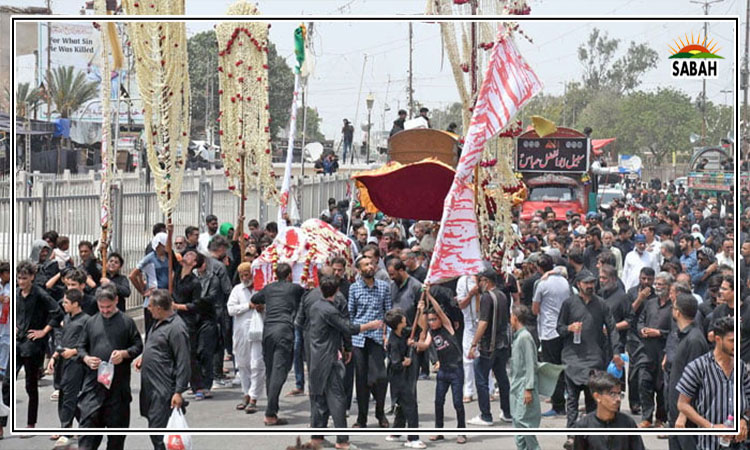Muharram in a new city …..Javeria Shakil-Kazim
I visited Ancholi for the first time last year during Muharram – on the 9th. For those who don’t know, Ancholi is an archetypal Karachi middle-class locality: closely adjoined asymmetrical houses lining both sides of one narrow street after another, with all the streets opening to a wider main road and the same pattern of houses on the other side of the main road.
There are old men chatting away while sitting on elevated platforms constructed in front of some houses; neighbourhood women freely moving in and out of each other’s homes; a group of young boys standing at the corner of a street casually sizing up those who walk by; children running around and falling down occasionally; a broken street here, an overflowing gutter there.
It looks like just any other Karachi mohalla unless you visit it in Muharram, especially during the first ten days. The fact that it is predominantly inhabited by the Shias is evident everywhere you look. Every house has a black or red ‘alam’. Small tables carrying tiny diyas (clay oil lamps) are set up outside houses. If you’re walking inattentively, you may end up face-to-face with a Zul-jinnah tied outside a house. Caterers (quite a few in the area) hang black banners outside their shops, announcing special discounts on ‘niyaz’ and ‘tabbaruk’. The loud wails of ‘nohas’ or the thumping sound of ‘maatam’ at the end of a majlis regularly pierce through everyday street sounds. Such is the Ancholi landscape in Muharram that you know you are in a Shia mohalla without anyone telling you so.
What reminded me of Ancholi all of a sudden? I recently visited an Imambargah in Istanbul. While still some distance away from our destination, I could feel that the area was different from all other areas I had visited by then. It felt as if I had been transported to Ancholi. Infrastructure-wise, the place didn’t look much different from other middle-class localities of the city. But there were some visible differences.
Turkish people are quite expressive when it comes to showing their love for their country. Turkish flags on houses, streets and commercial buildings are a common sight. In this area, in addition to the Turkish flags, ‘alams’ could also be seen on houses. Similarly, one could spot the ‘Ya Hussain’ and ‘Ya Abal Fazalil Abbas’ banners on the doors and balconies of many houses. The Imambargah was supposed to have an alam-hoisting ceremony later that day and preparations were underway for it.
At the start of the road that led to the Imambargah, young men, almost all of them in black, were placing a huge entrance monument – a cut-out in the shape of a roza (shrine). To fix the monument firmly, they were drilling holes in the roads – a practice that is quite common in Pakistan. The sight hurt my husband who dislikes it when people damage public infrastructure!
The shops along the road were selling ‘Ashura’ t-shirts. Some of them had ‘I heart Hussain’ inscribed on them (the red heart had a crescent on it, making it resemble the Turkish flag), and others carried some famous slogans such as ‘every day is Ashura, every land is Karbala’.
On the curb outside the shop, a man had set up a jewelry stall to sell what I’d call Shia jewelry: chunky silver rings encrusted with Aqeeq, Firozah and Durr-e-Najaf etc – stones revered in the Shia faith; silver bracelets with Arabic inscriptions; chains with the Zulfiqar pendants. It’s impossible to miss similar pop-up stalls in and around Ancholi, Nishtar Park and Kharadar etc in Muharram.
Yet another indication that we were in a Shia-majority area was the posters on walls announcing the Arbaeen tours. Depicting the roza of Imam Hussain (may Allah’s blessings be on him) against a blood-red background with pictures of a caravan and an alam, the fliers invited people to Najaf, Karbala, Samarra and Kazimain through buses and airplanes, mentioning the cost for both in dollars. The organizers used the term ‘Kerbalai’ before their names, perhaps to assure the pilgrims that their motivation was more religious than monetary.
While all these did point to the demographic makeup of the area, the most prominent indication was the huge golden dome, which could be spotted from a long distance away. Those who have even rudimentary knowledge of Shia architecture would know instantly what the dome represents. It’s a common feature in the shrines of all Shia imams and other notable figures.
The dome belongs to the Imambargah called the Zeynebiye Camii and Cultural Centre – a huge complex spread over an entire block, many portions of which are still under construction. While Istanbul has mosques belonging to the Shia community, commonly known as Jaferis (or Caferis) here, Zeynebiye is potentially the biggest one. It was established in the early 1980s and once it became functional, Shias from different parts of Istanbul moved here, hence making it a Shia-majority area. Zeynebiye is not just a mosque; it serves as a cultural center with a gym and a large cafe among other amenities. It also has a children’s club.
It hosts the Muharram Ashra majaalis, called ‘paneli’, in the ground adjacent to the complex. They are quite different from the usual majaalis I’ve seen so far; instead of one zaakir giving the sermon, the majlis here is a panel discussion of sorts with a moderator and multiple speakers who talk on a new topic each day. At the end of the discussion, nohas are recited. This year’s nohas were read by a famous Azerbaijani nohakhwan.
The majlis is held after the maghribain prayers and is attended by a large number of men, women and children. It’s an open-air programme and while men and women are segregated, they can see, and interact with, each other as there is no strict partitioning between the two sections; chairs are placed in the vast ground with a walkway left open between the two sides.
On my way back, I spotted something I had not expected to see: a rather decrepit sticker showing the flags of Turkiye and Azerbaijan along with that of Pakistan; this being the first Muharram away from home in a decade or so, seeing the Pakistani flag in an area which was observing Muharram in its own way made me a little homesick.
The writer worked for these pages in another lifetime.
Courtesy The News



